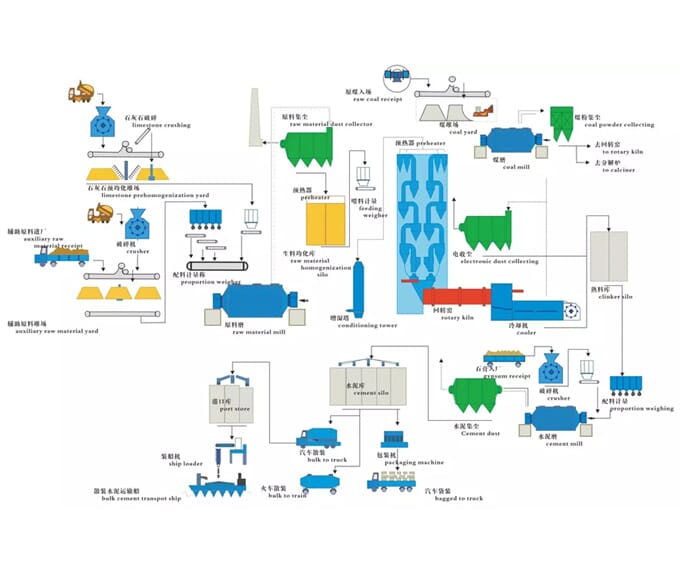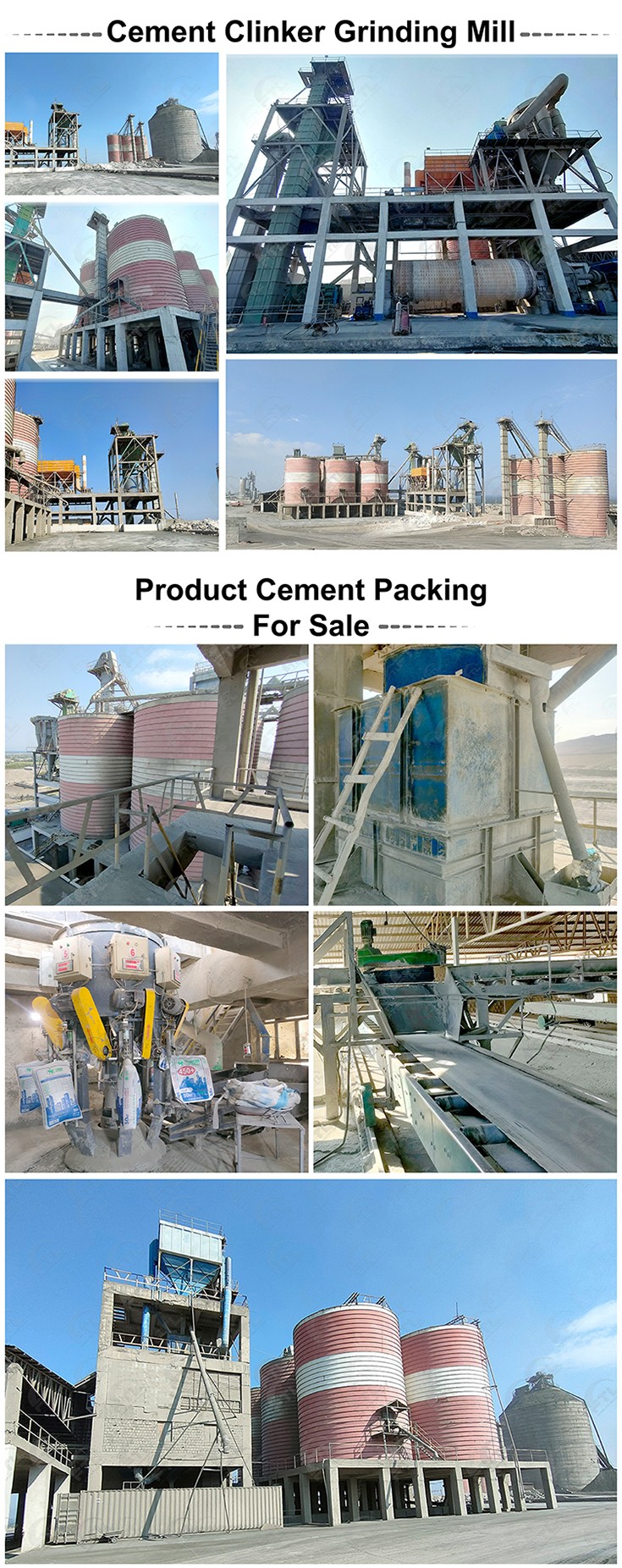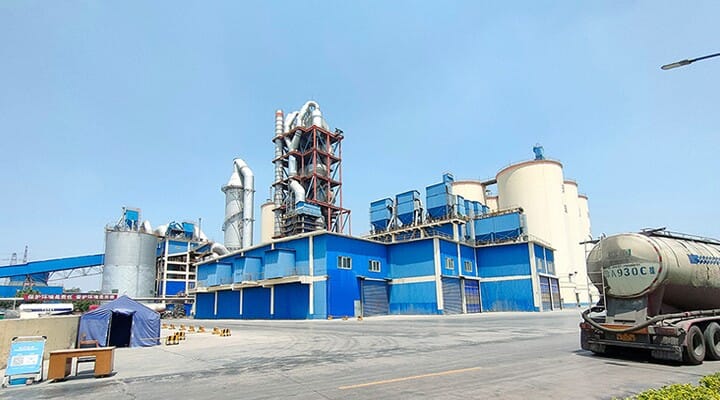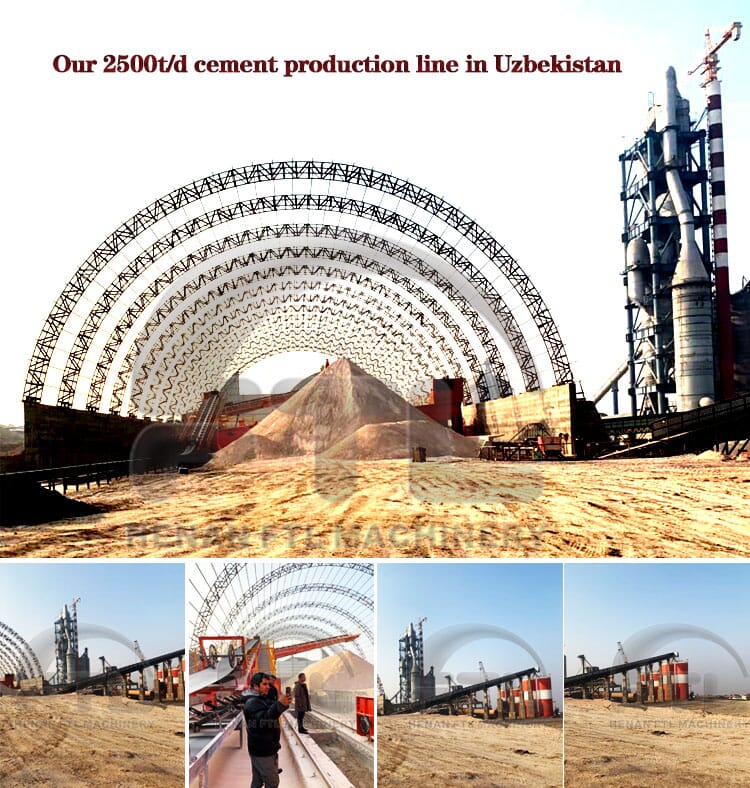Cement Production Line
Why Choose Us
#1:More than 40 years' experience
#2:Have successful runnning worksite
#3:Excellent installation team and installation service for you; Provide you with operating and training services;
#4:Help with the equipment commissioning and solve problems in trial operation;
#5:Check before acceptance of single equipment or whole production line;
#6:Service items including follow-up visit, customer satisfaction surveys and so on;
#7:Timely provide you with necessary accessories after acceptance;
#8:Provide you with warranty services of repair, replacement and refund if conditions are fulfilled.
#9:Help you solve other problems.
Cement Production Line Description
The new dry process cement production line is a modern cement production method based on raw meal pre-homogenization technology and rotary kiln calcination technology, with suspension preheating and out-kiln decomposition technology as the core.

Process characteristics
1. Crushing and prehomogenization
Limestone, clay, iron ore, coal, etc. Limestone is the raw material with the largest consumption in cement production. After limestone is mined, it has large particle size and high hardness, so limestone crushing plays a vital role in cement plants.
2. Raw material preparation
A cement production line needs to grind at least 3 tons of materials (including raw materials, fuel, clinker, mixed materials and gypsum) for every ton of cement produced. Grinding operations consume about 60% of the total electricity of the cement plant, raw material grinding consumes more than 30%, while coal mills used in cement plants consume 3% and cement grinding consumes about 40%. Therefore, it is very important to choose a suitable cement plant grinding machine. Great Wall Cement can provide cement vertical mills. The cement produced by its vertical roller mill has a specific surface area of up to 3800 cm²/g, stable and reliable quality, and saves more than 30% of electricity per ton of cement clinker than traditional tube mills, with significant power saving effect.
3. Raw material homogenization
The rational use of homogenization technology can achieve the best homogenization effect, thereby producing qualified products that meet the requirements.
4. Preheating and precalcining
Preheater and precalciner are key equipment in the precalcining production process.
5. Cement Production Line
The calcination of the rotary kiln is a key process in cement production, and its quality directly affects the quality of cement clinker.
6. Cement grinding
Grind the cement clinker (as well as gelling agent, performance adjustment materials, etc.) to a suitable particle size distribution (fineness, specific surface area, etc.), optimize the cement particle size distribution, increase the hydration area, accelerate the hydration rate, and meet the requirements of cement paste coagulation and hardening.


Successful Running Worksite of Our Cement Line Projects
FAQ of Cement making line
1. Which capacity do you have?
From 100TPD-5000TPD
2. Do you have running worksite to visit?
Sure, we have successful running worksite from 300TPD-2500TPD in Uzbekistan. And we even got their government award.
3. How can I start a cement production line?
It depends. Will you start from limestone quarry or cement clinker? If limestone quarry, you need start with your limestone analysis report and relevant permission certificate. If you start from cement clinker, it is better to find cement clinker supplier nearby to save transportation cost.
4. Service and Payment Terms?
A. We usually accept T/T, L/C, but other terms also workable.
B. We take pictures of finished products before delivery.
5. Will you help with installation and staff training?
Yes, we can send our engineers to your place to guide the installation and train your workers if needed, but the buyer should bear our technician’s round tickets, accommodation, and food







